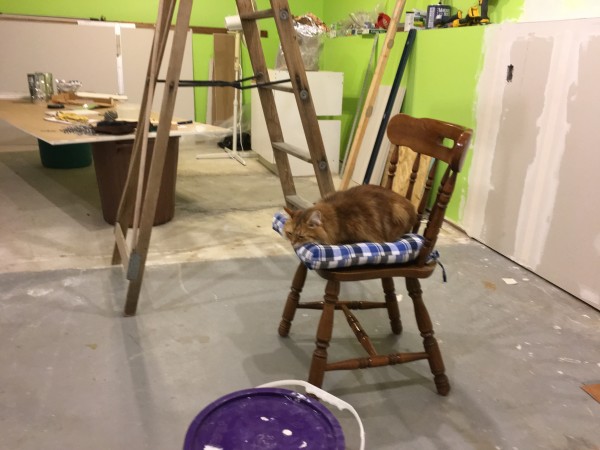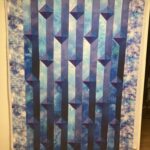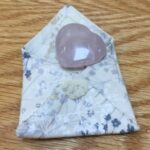I’m taking a break from marketing today. Instead here is a glimpse into the work that is going on behind the scenes with Live Cheap, Dream Big.
Elsie, the main character, is researching studio spaces. There are a ton of questions she needs to answer before she can create a design for a stand-alone studio.
- What activities will she be doing there – long arm quilting, hand quilting, embroidery, fabric painting, teaching?
- How many people will need to be accommodated for each activity?
- Will she have machines available to rent to her customers? Where will she get them?
- What kind of layout is needed to accommodate each activity?
My Writing Goal
My next writing goal is to start designing Elsie’s quilting studio. The first step is to outline the space and equipment she needs for the work she will do. I have a much longer list of questions than what I’ve shared here!
A little over a year ago my husband and I renovated the basement to make my sewing studio space. We worked within the space we had, but Elsie will be be building her studio from the ground up. She has the freedom to create whatever layout she wants. She can make it larger or smaller if she wants. So many choices!
Analysis Paralysis
Sometimes too many choices mean decisions are more difficult to make. Between indecision and big ideas causing scope creep, Elsie and Bert have a lot to discuss. Elsie will need to draw on some good resources to stay on track.
Is it extreme to approach this as if I am building a quilting studio in real life? Maybe. But I know how I felt when I read a novel about a woman who did all her garage sale shopping on a Monday. Cheated. Lied to. Betrayed even.
That author obviously did not do the research because any self-respecting garage saler knows that garage sales go from Thursday to Sunday (occasionally with an early start on Wednesday). Never on a Monday. Such a small detail, but the author lost me on that tiny detail. Years later I remember this small error – but I forget everything else about the book and author.
Harsh, I know. But also true.
Every detail is important.
It’s why I am starting over with this book. When I wrote the first draft, I was a newbie quilter. If I had tried to publish it, it would have been a flop. Any self-respecting quilter would know I didn’t have a clue about quilting!
Now I am more experienced. I know quilters who are professional long arm quilters. I know quilters who run stores. There is a new wealth of knowledge and details available to me now – and it all matters.
Asking Experts For Help
Elsie will talk to other professional quilters and business owners. She may even join a business mastermind. As a newbie business owner, she has a lot to learn – and her own experience will be valuable to other people.
When I am ready to have the next draft of Live Cheap, Dream Big reviewed, I will ask a few of those quilters to read it. They will spot any issues like my garage sale example. When the book is published, Elsie will be as real a person to readers as she is to me.
I’d love to hear about your experiences. If you’re a professional quilter, do you have tips for Elsie’s studio? If you’re a reader, has an author lost you because of a small detail like the garage sale error?





Comments are closed.